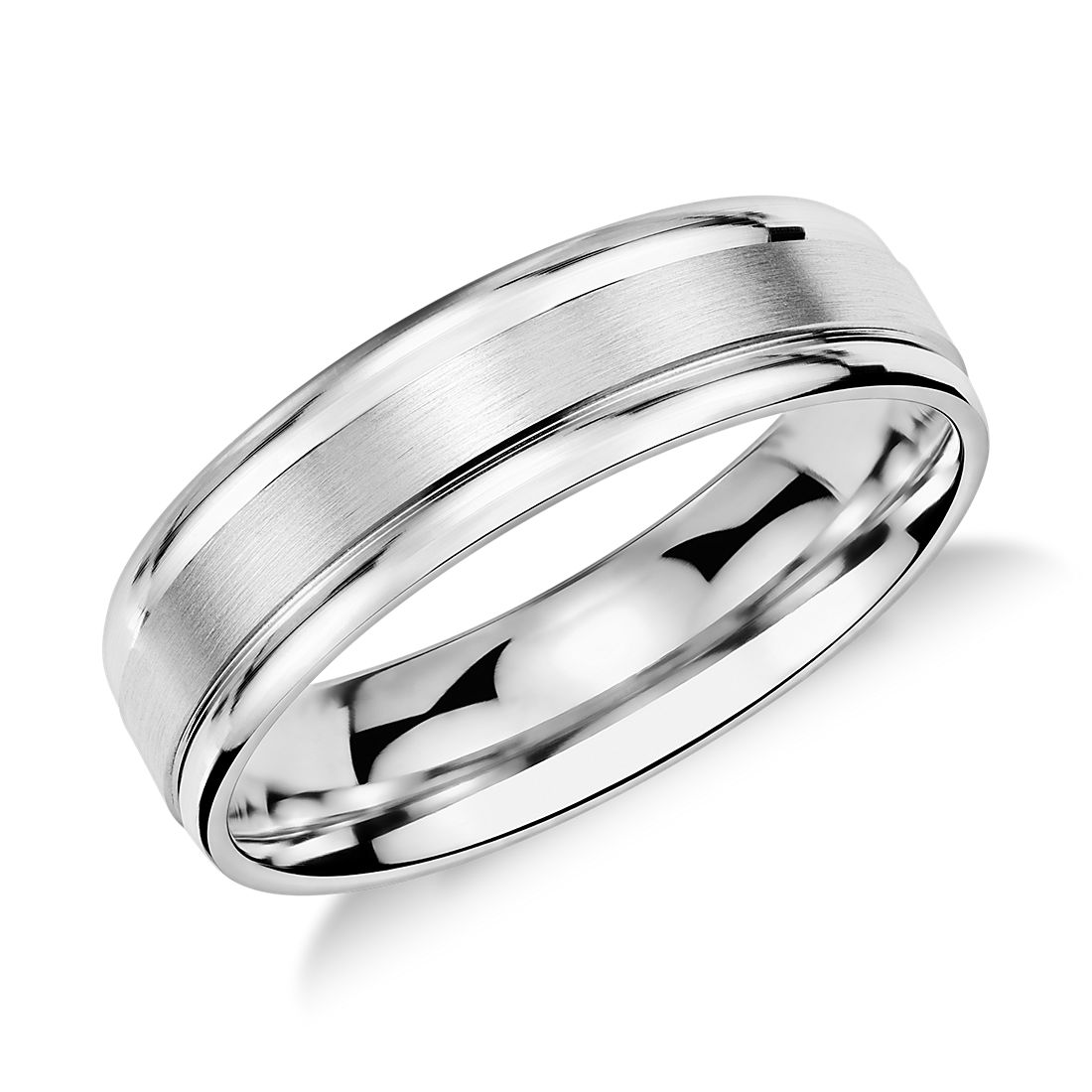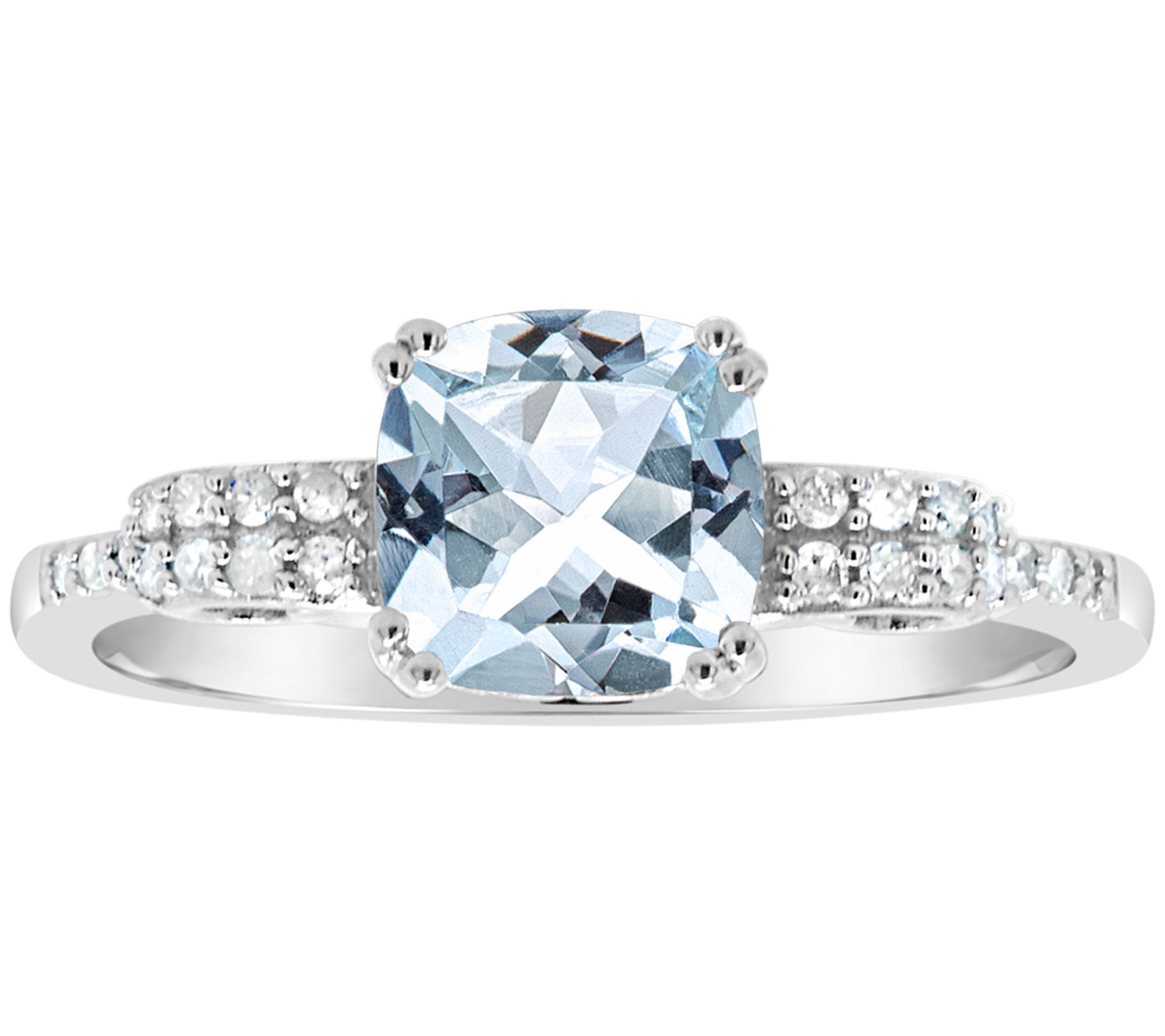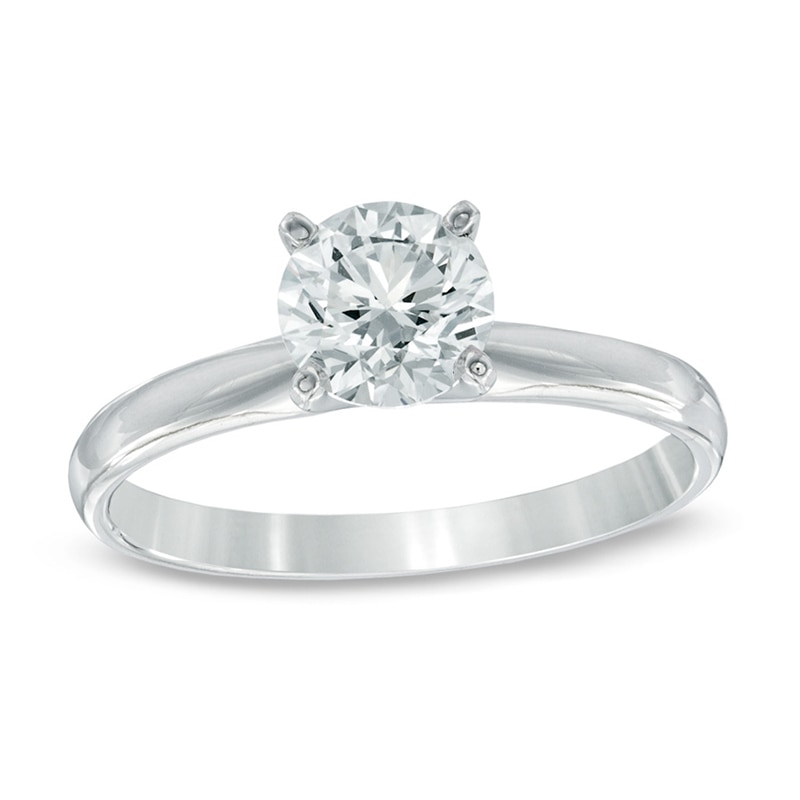BONY LEVY Gatsby Baguette Diamond Band
1/8″ band width; 1/8″W x 1″L setting. Total diamond weight: 0.25ct. Color: G. Clarity: VS. 18k gold/diamond.
Baguette diamonds trace a sparkling path along the setting of this breathtaking band that’s handcrafted in 18-karat white gold.
- 1/8″ band width; 1/8″W x 1″L setting
- Total diamond weight: 0.25ct.
- Color: G
- Clarity: VS
- 18k gold/diamond
- Imported
- Diamond Guide
- Item #6209677
Additional information
| Helpful info | Keep jewelry away from water and chemicals; remove during physical activities; store separately in a soft pouch. |
|---|






Reviews
There are no reviews yet.